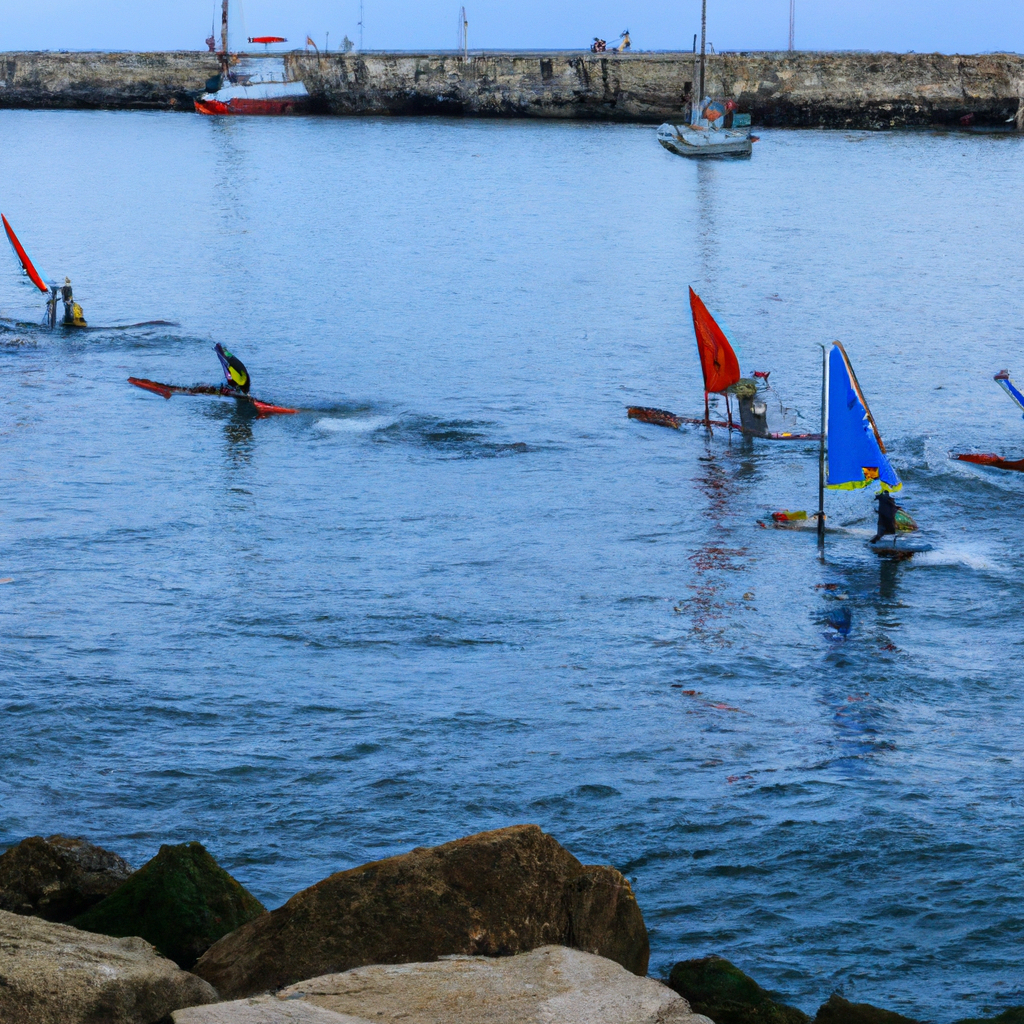Sailing in Changing Waters: The Impact of Climate Change on Nautical Sports

Today, climate change has become a global environmental problem that affects multiple aspects of our daily lives. Among the most affected sectors, we find the field of sports, and more specifically, nautical sports. This article delves into the interrelationship between climate change and nautical sports, analyzing how alterations in climatic conditions and weather patterns can influence the practice and competitions of these sports. From the impact of global warming on water sports competitions to how climate variations can alter water sports seasons, this article addresses these topics with the goal of better understanding the challenges these sports face and how they can adapt to they.
- 1. "Impact of global warming on water sports competitions."
- 2. "Climate change and its influence on the conditions for practicing water sports."
- 3. "How climate variations alter water sports seasons."
- 4. "Adaptation of nautical sports to the challenges of climate change."
1. "Impact of global warming on water sports competitions."
Global warming is having a significant impact on water sports competitions. Rising temperatures are causing changes in aquatic ecosystems, which can alter the conditions in which these sports are practiced. For example, melting glaciers are raising sea levels and altering ocean currents, which can make navigation more dangerous or difficult. Additionally, rising water temperatures can have an impact on marine life, which can affect sports such as sport fishing or diving. Also worth noting is the increase in extreme weather events, such as storms and hurricanes, which may force competitions to be canceled or postponed. Therefore, global warming not only threatens the existence of these sports, but can also drastically change the way they are practiced.
2. "Climate change and its influence on the conditions for practicing water sports."
Climate change has a significant influence on the conditions for practicing water sports. The increase in global temperature has a direct effect on aquatic ecosystems, altering climatic conditions and water quality. For example, warming oceans may lead to more intense and frequent storms, which could make boating and other nautical activities more dangerous. Additionally, increased water temperatures can encourage the growth of harmful algae and other microorganisms that can affect the health of athletes. Similarly, melting glaciers could cause a rise in sea level, which could modify coastal conditions and affect sports such as surfing, windsurfing or sailing. Therefore, climate change can drastically change the conditions and viability of practicing water sports.
3. "How climate variations alter water sports seasons."
Climate variations have a direct impact on water sports seasons. For example, rising global temperatures may reduce the period of time during which winter sports such as ice skating or hockey can be played on natural lakes and rivers. On the other hand, droughts and decreased water levels in lakes and rivers can limit the practice of sports such as rowing, kayaking or sailing. Additionally, rising sea levels and intensifying extreme weather events, such as hurricanes and storms, can jeopardize the safety of water sports practitioners and limit the availability and accessibility of these activities. Likewise, coral bleaching due to warming oceans can affect underwater sports such as diving and snorkeling. Climate change can therefore significantly alter the seasons and viability of water sports.
4. "Adaptation of nautical sports to the challenges of climate change."
Nautical sports, faced with the challenges of climate change, have had to reinvent themselves and adapt in order to continue existing. Competitions and training have been rescheduled for seasons where weather conditions are more favorable. Specialized equipment and clothing have been developed to withstand extreme temperatures. Practice locations are also being carefully selected, opting for those areas that have been least affected by climate change. Additionally, efforts are underway to make these sports more sustainable, for example by using boats that run on renewable energy or implementing rules to minimize the impact on marine life. Finally, education and awareness about climate change is becoming an integral part of the training of nautical athletes so that they can be part of the solution to this global problem.
